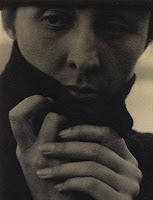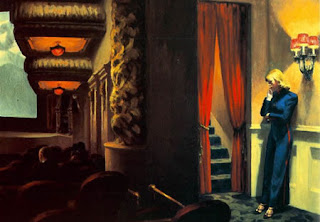
In the second painting, I learned about making my own set up and choosing my own composition, and about whats important for me to show through my compositions. I learned that brush strokes can determine whether or not an object has a certain texture on its surface, if its bumpy or smooth or fuzzy or rough. I learned that to make glass, you need to not think of it as making "glass", you just need to paint exactly the color you see, the different whites and grays.

The third painting taught me how to crate the illusion of depth and place. One method we used to do this was to put more focus on shadows and light than is actually there. In my Sense of Place painting I chose to paint the window and trees outside it. I think it was really good for me to get the practice in texture from painting the trees outside and the old craggely windowsill and heater. I was able to create my sense of depth by making the shadows of the window panes much darker than they actually were which gave my painting a very "sunny day" look.

Overall, I loved this class, it was great to get so much experience and paint 3 paintings with you, Ms. Roberts, I'm definitely going to continue painting, thank you so much for a great term : )












